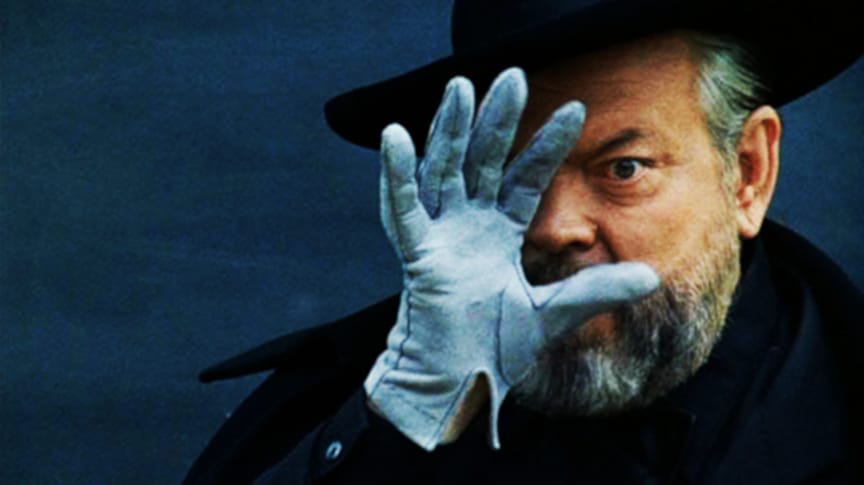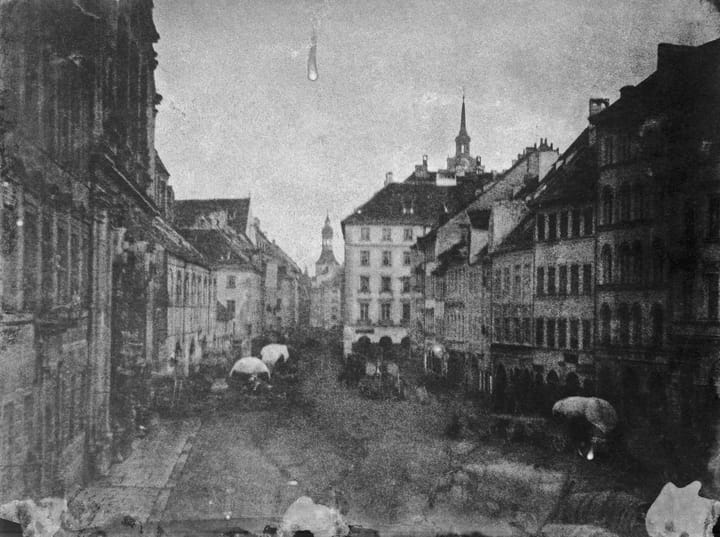You sure about that? “F for Fake,” Orson Welles and questioning authenticity.
Orson Welles's quirky 1973 semi-documentary ruminates on how blurry the line often is between fact and fiction.

So, recently I’ve been diving back into the work—particularly the late work—of legendary director Orson Welles. After having canceled Netflix a couple of years ago, I got a brief window of access to it again and seized my chance to see Welles’s final film, The Other Side of the Wind, completed in 2018 and which (shamefully) is available nowhere else. But not long ago I recently re-watched the sleeper entry in Welles’s filmography, the bizarre F for Fake, released in 1973. I will probably do an article on The Other Side of the Wind, but for now, let’s discuss this underappreciated gem and try to parse what the mercurial and enigmatic director was trying to say to us in it.
One of the things that brings clarity to Orson Welles’s extraordinary career and body of work is his fascination with blurring the line between reality and illusion. His audacious attempt to erase that line in the 1938 War of the Worlds radio broadcast had dramatic consequences, and began a career of mixing image with both truth and falsity. Welles was still blurring the line 35 years later in F for Fake, a strange and fascinating rumination on fakery and an unacknowledged gem in the late stretches of Welles’s filmography. Indeed, F for Fake is the movie version of a book I’d love to write: part fact, part fiction, frenetic in pace, sardonic in tone, and a lot of fun as it unfolds.


